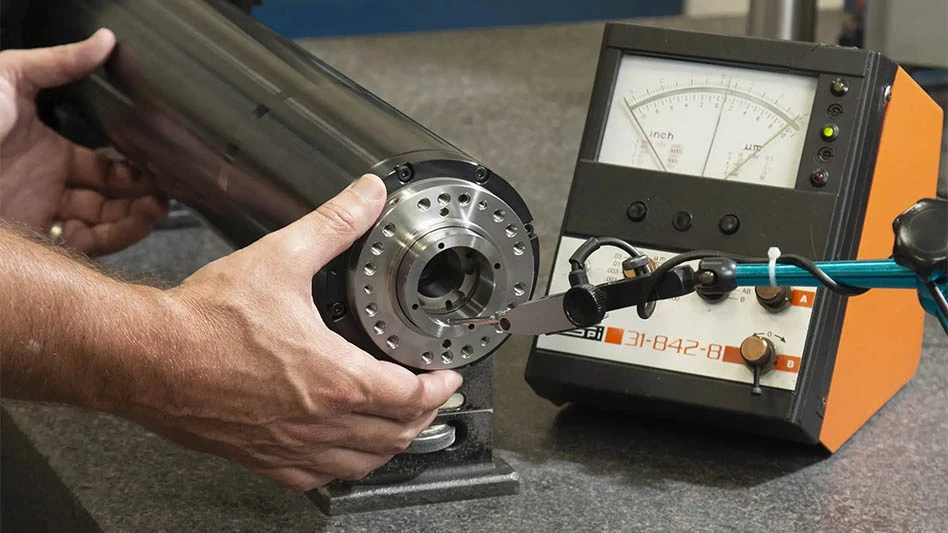
A new way to calculate the interaction between a metal and its alloying material could speed the hunt for new materials that combine the hardness of ceramic with the resilience of metal.
University of Michigan researchers identified two interaction aspects that can accurately predict how an alloy will behave – and with fewer quantum mechanical calculations.
“Our findings may enable the use of machine learning algorithms for alloy design, potentially accelerating the search for better alloys that could be used in turbine engines and nuclear reactors,” says Liang Qi, assistant professor of materials science and engineering who led the research.
Jet engines could operate more efficiently if they could sustain higher temperatures, Qi says. So, aerospace engineers are developing materials that are very hard at high temperatures yet resist cracking.
In metals, atoms stack together neatly in crystal lattice structures. Defects in the lattice have the most influence over how a material will behave.
“The properties of defects decide mechanical, thermal, and irradiation performances of metals because atoms at defects usually have fewer constraints to move around compared with those at perfect positions,” Qi says.
Defects can be points of weakness, such as breaks in the lattice that cover large areas – known as grain boundaries. But small defects, such as dislocations of several rows of atoms, can improve a metal’s performance by enabling it to bend.
Alloying elements combine with defects to create a network of disruptions in the lattice of the host metal, but it’s hard to predict how that network will affect the metal’s performance.
The team looked for a connection between electron structured in an ordinary lattice atom with an atom at a defect and how this changes the way the lattice interacts with an alloying element. High interaction energy between the metal and alloying element at the defect usually makes the metal less flexible, while a lower energy means they aren’t so tightly knit.
The team identified two descriptors that represent how the electrons’ structure changes at the defect in the pure metal. Using these, they could figure out how an alloying element would interact with the defect.
The team predicted how atoms of the alloying element concentrated at various kinds of defects, including complex high-angle grain boundaries, where the lattice is majorly misaligned.
Identifying these descriptors is a significant step toward harnessing machine learning for alloy design, using algorithms to trawl through the results of highly accurate but computationally intensive quantum mechanical simulations.
Researchers note that more descriptors must be discovered to predict how more complex alloys will behave, such as those with two or more alloying elements at defects.

Explore the November December 2019 Issue
Check out more from this issue and find your next story to read.
Latest from Aerospace Manufacturing and Design
- AviLease orders up to 30 Boeing 737 MAX jets
- 256-piece general maintenance tool kit
- JetZero all-wing airplane demonstrator achieves milestones
- Cermet indexable inserts for medium turning operations
- Trelleborg acquires Aero-Plastics
- Industrial automation products, enclosed encoders
- #61 - Manufacturing Matters: CMMC roll out: When do I need to comply?
- AIX shows aircraft interiors are a strategic priority for global airlines





